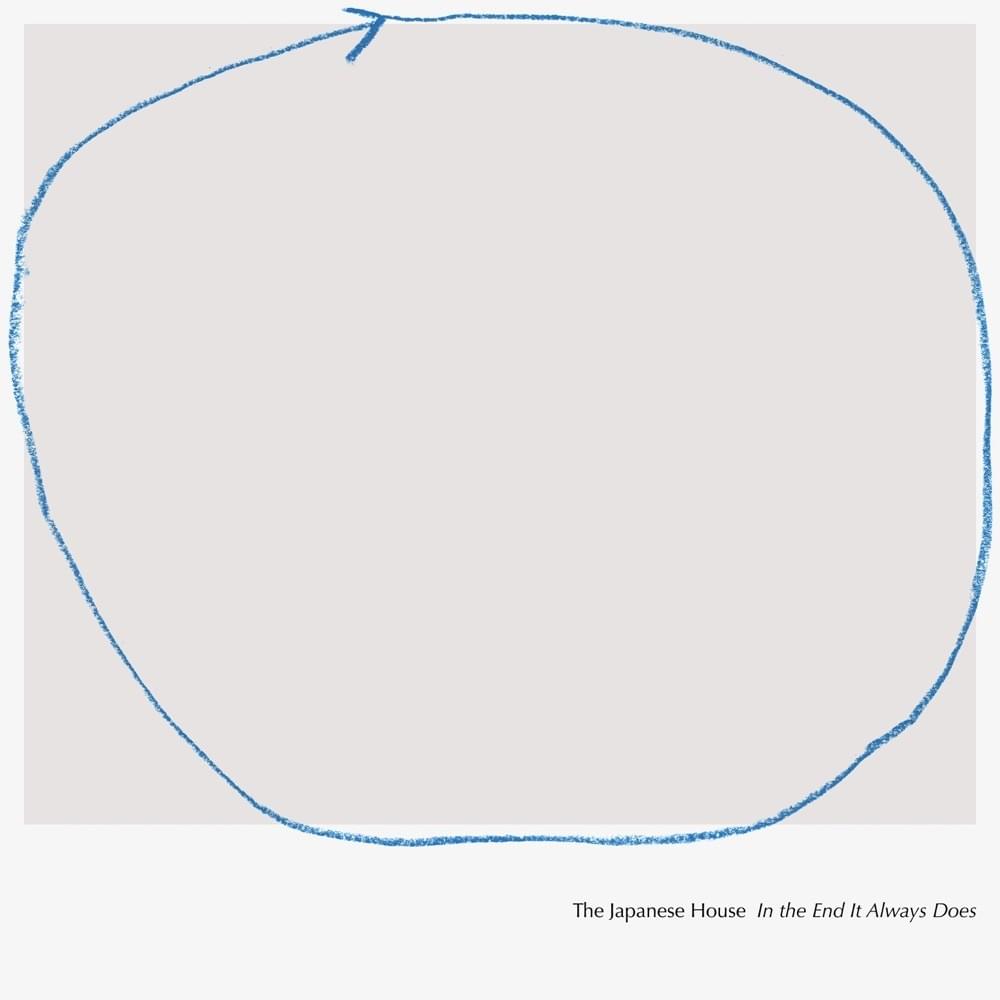Posters of scantily clad youths that were seized by police at an Abercrombie & Fitch store in a Virginia mall this weekend may be inappropriate for young children, but they are not obscene, according to legal experts.

Virginia Beach police apparently have agreed. On Monday, they dropped charges against the clothing company that markets to prep chic teens through sexually charged imagery.
The window displays went up in 363 stores across the country in mid-January, including the Lynnhaven Mall in Virginia Beach.
One of the posters showed three shirtless young men, one with his upper buttocks revealed. The second one revealed a woman’s breast with all but the nipples.
Was the police response to the store an overreaction? Yes, according to legal experts. Though local laws can vary, courts require that the image show sexual activity or a “lewd display” of genitals, says Lawrence Walters, an Orlando, Fla., lawyer and First Amendment specialist.
“There is not a chance any jury in America would find the photo obscene under these standards,” he said.
Virginia police had referred to City Code Section 22.31, which says it is a crime to display “obscene materials in a business that is open to juveniles,” said police spokesman Adam Bernstein.
The manager of the store could have faced a fine of up to $2,000 and a year in jail.
Walters said police may have misread the standards for obscenity, as is often the case. He also said they improperly seized the posters without a search warrant, which constitutes prior restraint, which is barred by the Constitution.
“In a free country, we don’t limit what people can view, watch or read by what is acceptable to minors,” said Walters. Protecting children is a “job that belongs to parents.”
Others in the community see it differently.
“I am glad they took them down,” Gina, a mother of three and operator for the Virginia Beach police, told ABCNEWS.COM. “Every time I go to the mall I see those beefy, meat market posters. I’d like to understand why they can go so far.”
Discrimination Suit
This wasn’t first time Abercrombie & Fitch had been threatened with a legal fight. In 2004, it agreed to pay $40 million to settle a lawsuit that accused the company of promoting whites over Latino, black, Asian American and female applicants, according to the U.S. District Court for the Northern District of California.
Abercrombie & Fitch has earned a reputation for its racy catalogs and photography that adorns its store displays and shopping bags. Each year, thousands of teenagers across the country get their parents to buy them the latest T-shirt, jeans, jacket or underwear from A&F.
The company even marketed a line of thongs for young girls, designed to stick out of the low-cut jeans.
Tom Lennox, vice president for corporate communications, told ABCNEWS.COM the brand is “provocative and undeniably sexy,” a marketing approach that contributed to $3.3 billion in sales in 2006.
No Worse Than Plumber
Sexy yes, but obscene? Not by anybody’s definition, the company maintains.
“The marketing images in question show less skin than you see any summer day at the beach and certainly less than the plumber working in your kitchen,” said Lennox in a prepared statement.
“This is an incredible overreaction by local city officials that would be comical, except for its potentially serious legal implications.”
In 2003, the company halted publication of its seven-year-old A&F Quarterly catalog because of complaints from Christian-based groups and parents. Lennox said the company hoped to relaunch the catalog in London this spring.
Abercrombie officials say that their average buyer is 20 years old and that its models are older than 18, but some parents believe they now market to the preteen set.
For decades, Abercrombie & Fitch was an upper-crust sporting goods and apparel shop a “high WASP (White Anglo Saxon Protestant) travel emporium,” according to University of Georgia advertising professor Tom Reichert.
Sales were languishing in 1993, and after a takeover by The Limited, company officials brought in creative genius Sam Shahid, who had lead sexy ads for Calvin Klein and Banana Republic.
“It was a real turnaround story,” said Reichert, who about Shahid in “The Man Behind Abercrombie and Calvin Klein’s Sexy Ad Campaign.”
Store sales jumped from $6 million in 36 stores in 1993 to $1.3 billion and 500 stores in 2002, according to Reichert. Today, Abercrombie boasts 700 stores nationwide, but its image has changed.
“My grandfather went shopping expecting to get a pair of slacks and the music was blaring and kids were swarming all over the place,” he said. “He made an about-face.”
Reichert said teens are most vulnerable to sex-based advertising.
“It’s all about being popular and relationships,” he said. “Who is your girlfriend and your boyfriend? All the hormones and peer pressure and fads make them more sexually attractive and more popular when they wear what the crowd is wearing.”
The National Coalition for the Protection of Children and Families led a boycott against the company in 2003. The action halted the publication of its quarterly including The Christmas Field Guide. The 120-page catalog featured photography by Bruce Weber, known for his homoerotic imagery.
“I can’t believe they continue to force these ads in an attempt to be creative,” said Jack Samad, senior vice president for the coalition. “It’s an attempt again to desensitize the audience, especially with spring break coming up and that store is visited by a high number of college students.”
The group, which aims “to embrace, live out, preserve and advance the truth of biblical sexuality,” said some of the ads while not overtly showing nudity suggest the models have just had sex.
“Their ideology is it’s all right to expose your body in front of the opposite sex without repercussions,” said Samad.
Parents Are Hypocrites
But young people who grew up wearing Abercrombie’s clothing say they are wise to the company’s marketing tactics.
Alex, who would not use his last name because he works as a buyer for one of Abercrombie’s largest competitors, told ABCNEWS.com that this controversy can do nothing but help the company’s sales.
“I think it’s been the key to their success,” said the 23-year-old from New York City. “Back in high school the quarterly periodical had those sexually charged ads and you had to be 18 to buy them in the store. That is what got teenagers excited about wearing the brand.”
The clothing, he said, has a revealing fit “low-rise jeans, tight around the thighs, the size scale is smaller than normal. They don’t hire many overweight employees and the bigger sizes are harder to reach in the stores.”
Still, he believes young people are more open to their sexuality than previous generations and the brand reflects that. And parents’ complaints are hypocritical, he said.
“It’s ridiculous, because the kids can’t afford these clothes,” said Alex. “Where are they getting all the money to buy them? It’s the parents.”





























